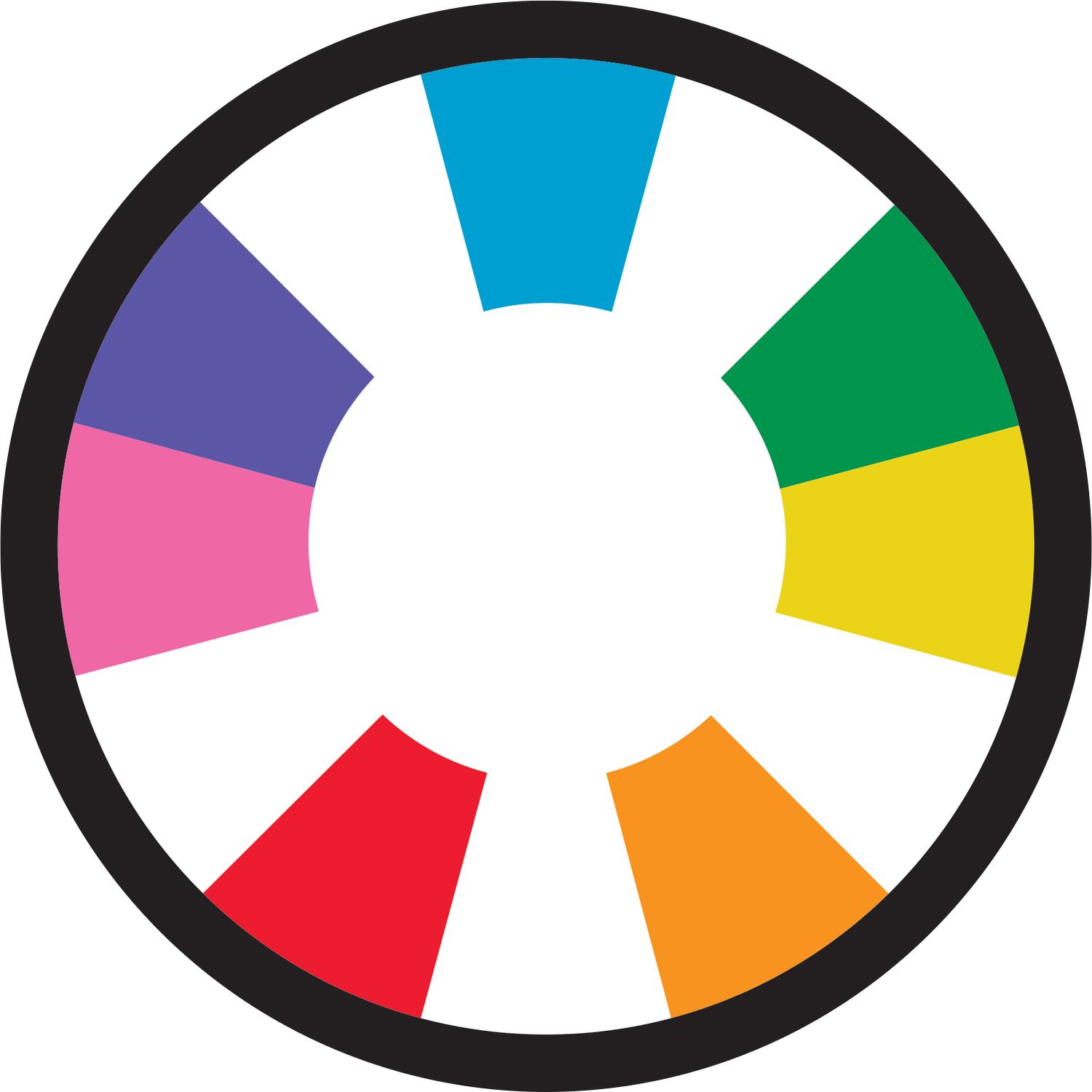The Ultimate Guitar Fretboard Guide for Beginners and Beyond
Whether you’ve just picked up your first guitar or you’ve been noodling around for a while, learning the fretboard can seem overwhelming at first. All those strings. All those frets. It’s easy to feel lost.
But here’s the good news: with the right Guitar Fretboard Guide, everything starts to click. Notes make sense, chords feel more logical, and solos become more fun to play. The fretboard stops being a mystery and starts becoming your best musical friend.
In this blog post, we’ll walk you through what the fretboard is, how a guide can help, and some practical ways to learn it without stress. And yes, we’ll keep it simple, friendly, and useful—just like the kind of advice you’d want from a fellow guitarist.
What Is the Guitar Fretboard, Anyway?
Let’s start at the beginning. The fretboard is the long strip of wood that runs along the neck of your guitar. It’s divided by metal frets, and when you press down on a string behind a fret, it changes the pitch of the note.
Each combination of string and fret creates a different note. Multiply that by six strings and up to 24+ frets, and you've got a lot of ground to cover. But you don’t need to memorize everything to get started—you just need the right tools and mindset.
Why You Need a Fretboard Guide
Without a clear guide, learning the fretboard can feel like trying to solve a puzzle without the picture on the box. A Fretboard Guide acts like that picture—it shows you the layout, patterns, and logic behind the chaos. Now imagine that guide on the guitar itself.
Not only does a guide help you remember where the notes are, but it also helps you:
Build scales and chords more confidently
Improve your improvisation and lead guitar skills
Whether you’re self-taught or taking lessons, having a visual reference, especially on your guitar, makes your practice time more productive and less frustrating.
How to Use a Guitar Fretboard Guide
A Guitar Fretboard Guide typically maps out the notes across the neck in a visual, easy-to-follow format. Some use diagrams with letters (like E, A, C, etc.), while others use color to help your brain associate different notes with visuals.
At MusicalColors.com, you’ll find colorful, smartly designed sticker guides that make learning feel more like a game than a chore. Whether you're into stickers, visual aids, or interactive digital charts, these tools simplify the process.
Some fretboard guides also highlight root notes or patterns for common scales and our solution offers them all by unlocking every single note that can be played and then linking color-coded resources to further unlock secrets, so you’re not just memorizing—you’re understanding.
Smart Ways to Learn the Fretboard
Learning the fretboard is less about cramming and more about building habits. You don’t need to know every note on every fret right away. Start small, stay consistent, and celebrate progress.
1. Start With Just Two Strings
Focus first on the low E (6th string) and the A (5th string). These strings form the root of many chord shapes and scale patterns. Once you know the natural notes up to the 12th fret on these strings, it becomes much easier to branch out.
2. Use Visual Tools Daily
Having a visual Fretboard Guide directly on your instrument’s fretboard helps reinforce what you’re learning, even when you’re not actively studying. The colorful fretboard sticker guides from MusicalColors.com are especially great for this—they’re not just functional, they’re fun to look at too.
3. The Power of Patterns on the Fretboard
Here’s something most guitarists eventually discover: the fretboard is full of patterns. Once you learn how these patterns work, you can move them all over the neck.
For example:
The same scale pattern can be used in multiple keys.
Octave patterns repeat in predictable ways.
Barre chords are just open chord shapes moved up with your index finger acting like a capo.
By using a Guitar Fretboard Guide placed directly on the surface of your fretboard using stickers, these patterns start becoming second nature.
Practice Ideas That Actually Work
When it comes to memorizing the fretboard, practice doesn’t have to be boring, especially if you can see the notes you are playing. Try sneaking it into your playing like this:
Call out the notes as you play scales or warm-ups.
Quiz yourself at the beginning of each practice session—“What note is at the 5th fret of the D string?” need help just look down
Play a note and find it in three other spots on the neck, heck find them all.
These little exercises help you build muscle memory and confidence over time. No pressure. No perfection. Just steady progress.
Final Thoughts: Make the Fretboard Your Friend
Learning the fretboard might feel intimidating at first, but it’s totally doable—especially with the right tools. A good Guitar Fretboard Guide that is directly applied to your instrument isn’t just for beginners; even advanced players use them to explore new sounds, modes, tunings, and when composing unique music.
If you’re ready to take your guitar skills to the next level, start by making the fretboard less mysterious. Grab color-coded sticker guides, add a few minutes of fretboard focus to your practice routine, and stick with it.
Ready to unlock the entire fretboard?
Check out the beautifully designed, easy-to-use sticker guides at MusicalColors.com. From stickers to online color-coded resources, they’ve got what you need to make your fretboard come alive—visually and musically.

